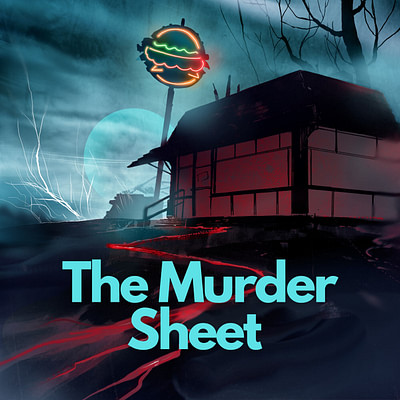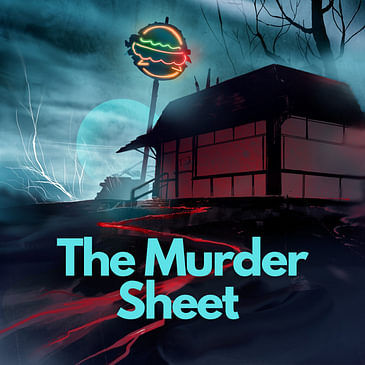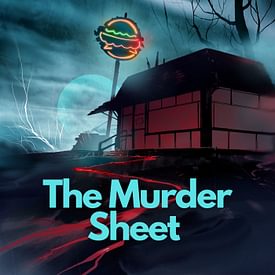Today, as part of our new occasional series The Fentanyl Files, we’re going to focus specifically on a the perspective of a chronic pain patient.
Check out Toni Collins' TikTok here:
https://www.tiktok.com/@tonicollins0024?_t=8m06CabAIxO&_r=1
Check out The American Pain and Disability Foundation here: https://americanpaindisabilityfoundation.org/
Check out The American Pain and Disability Foundation on Facebook here: https://www.facebook.com/share/r8bdoeFzWwmuwwgx/?mibextid=WaXdOe
Check out The American Pain and Disability Foundation at the handle @apdf2020 or here: https://www.tiktok.com/@apdf2020?_t=8m05tuFactn&_r=1
Check out the The Doctor Patient Forum on Facebook here: https://www.facebook.com/share/yBt4qNR36ESNQB9U/?mibextid=WaXdOe
Check out the The Doctor Patient Forum onTiktok @thedoctorpatientforum1: https://www.tiktok.com/@thedoctorpatientforum1?_t=8m0622DUrsZ&_r=1
Support The Murder Sheet by buying a t-shirt here: https://www.murdersheetshop.com/
Send tips to murdersheet@gmail.com.
The Murder Sheet is a production of Mystery Sheet LLC.
See Privacy Policy at https://art19.com/privacy and California Privacy Notice at https://art19.com/privacy#do-not-sell-my-info.


